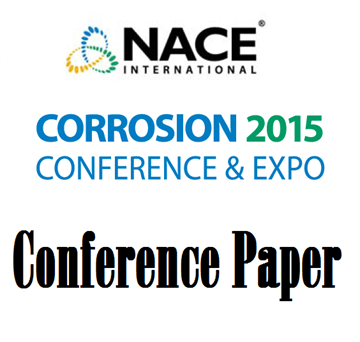Search
Application of HVAS Cladding to Mitigate Sulfide Stress Cracking and Hydrogen Induced Cracking in a De-ethanizer Column
Also Purchased
Comprehensive Approach to Oxygen Corrosion Analysis of Water Injection Systems
Product Number:
51315-5962-SG
ISBN:
5962 2015 CP
Publication Date:
2015
$0.00
Application of a Thermodynamic Model to Predict the Solubility of CO? in Pure H?O and in Salt Solutions and Corrosion Prediction of Carbon Steel Under Supercritical Conditions
Product Number:
51315-5983-SG
ISBN:
5983 2015 CP
Publication Date:
2015
$0.00
Corrosion Investigations in Biogas Plants
Product Number:
51315-5878-SG
ISBN:
5878 2015 CP
Publication Date:
2015
$0.00




